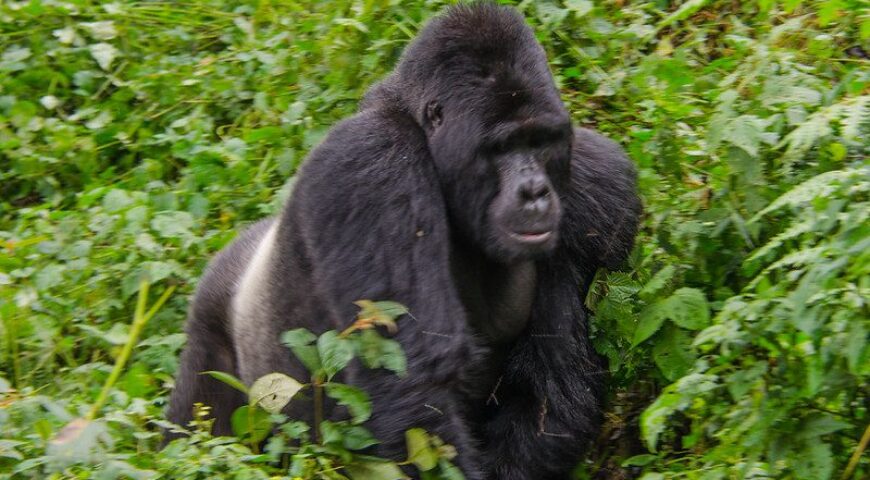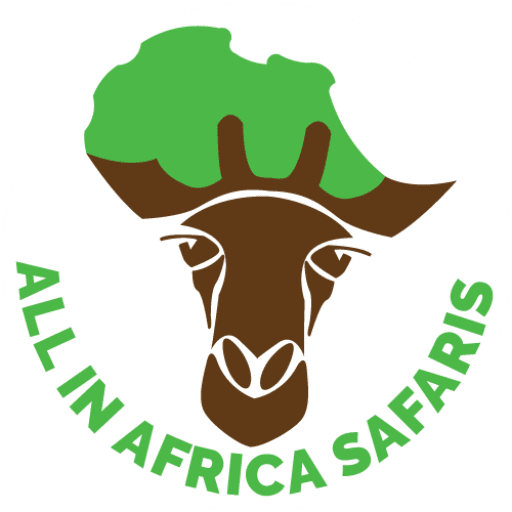
The difference between Gorilla tracking and trekking?
The difference between Gorilla tracking and trekking? Comparison: budget gorilla trekking in Uganda with Permits
What is the distinction between gorilla tracking and trekking?
People have frequently mistaken gorilla tracking for hiking, despite the fact that the two are only slightly different. Gorilla trekking entails tourists being led by a National Park ranger guide in search of a mountain gorilla family in the wild. Because gorillas live on higher elevations of the Virunga volcanoes straddling Uganda, Rwanda, and the Democratic Republic of the Congo, as well as Bwindi Impenetrable Forest National Park in southwestern Uganda, this requires physical fitness.
Gorilla Tracking
Gorilla tracking is carried out by experienced National Park ranger guides, park workers, and researchers. This entails tracking down a certain habituated Mountain Gorilla family and locating them using their last known location, where they spent the night, and their eating area. Gorilla trackers do this for a variety of reasons, including research, censusing, and ensuring that visitors who come to see the Mountain Gorillas get to see them, resulting in a 99% chance of seeing the Gorillas despite the fact that the Gorillas are constantly moving around in their various locations within their respective national parks.The process of monitoring gorillas is identical in Uganda’s Bwindi Impenetrable Forest and Mgahinga Gorilla National Parks, Rwanda’s Volcanoes National Park, and the Democratic Republic of Congo’s Virunga National Park.
Gorilla trekking
Gorilla trekking is when people enter the dense tropical rainforests of Bwindi Impenetrable, Mgahinga Gorilla, Volcanoes, and Virunga to search for Mountain Gorillas with the assistance of trained ranger guides. The landscape of Bwindi Impenetrable Forest, Mgahinga Gorilla National Parks in Uganda, Volcanoes National Park in Rwanda, and Virunga National Park in the Democratic Republic of Congo is all the same, consisting of dense tropical rainforests and bamboo; therefore, the experience is the same. The variances are small due to the steepness of various mountain parks and hills in the Virunga Massif.
Gorilla trekking typically begins very early in the morning; guests must eat an early breakfast and report to the respective briefing points by 7:40 a.m., where they are taught about the gorilla tracking rules and regulations before being assigned to a gorilla family to track, with a maximum of eight people per gorilla family. The gorilla trekking exercise itself takes between 30 minutes and 8 hours. The duration of gorilla trekking varies depending on a variety of elements, such as topography, gorilla family mobility, traveler strength and expertise, and so on.
However, no matter how lengthy the journey, meeting the Mountain Gorillas is really exciting. You have a maximum of one hour to view and photograph the mountain gorillas. During this time, you can ask the ranger guides any questions you have about these gentle giants.
Difficulty of Gorilla Trekking
Various visitors have varying views on how strenuous the gorilla trip should be; some love long walks of adventure through the dense forests, while others prefer shorter hikes, and others may be forced to take shorter climbs due to age or medical issues. At All In Africa Safaris, we make every effort to learn as much as possible about our guests from the moment they contact us until they book their gorilla trekking excursion.
We thus assist in determining the ideal sector for each tourist or group of guests to guarantee that they get the most out of their Gorilla trip, according to their tastes. We can even speak with the park wardens and rangers on the trekking day of your trip to ensure that you are assigned to gorilla families depending on your preferences.
Rwanda’s Volcanoes National Park, Uganda’s Bwindi Impenetrable Forest National Park, Mgahinga Gorilla National Park, and Congo’s Virunga National Park all provide gorilla trekking opportunities. The cost of a gorilla trekking permit varies by nation; Uganda charges USD 800 per person per trek, Rwanda charges USD 1500 per person per trek, and the Democratic Republic of Congo charges USD 450 per person per trip.
Mountain gorillas are the world’s biggest living primates, with two species: eastern gorillas and western gorillas. The two species are further split into Eastern lowland gorillas, Western lowland gorillas, Mountain gorillas, and cross-river gorillas.
Booking Gorilla Trekking Tours
All In Africa Safaris offers many Ugandan and Rwandan gorilla trekking holiday packages. Browse our website, choose your best Gorilla trekking program, and get a quotation. We will respond promptly with a quote after receiving your query.
